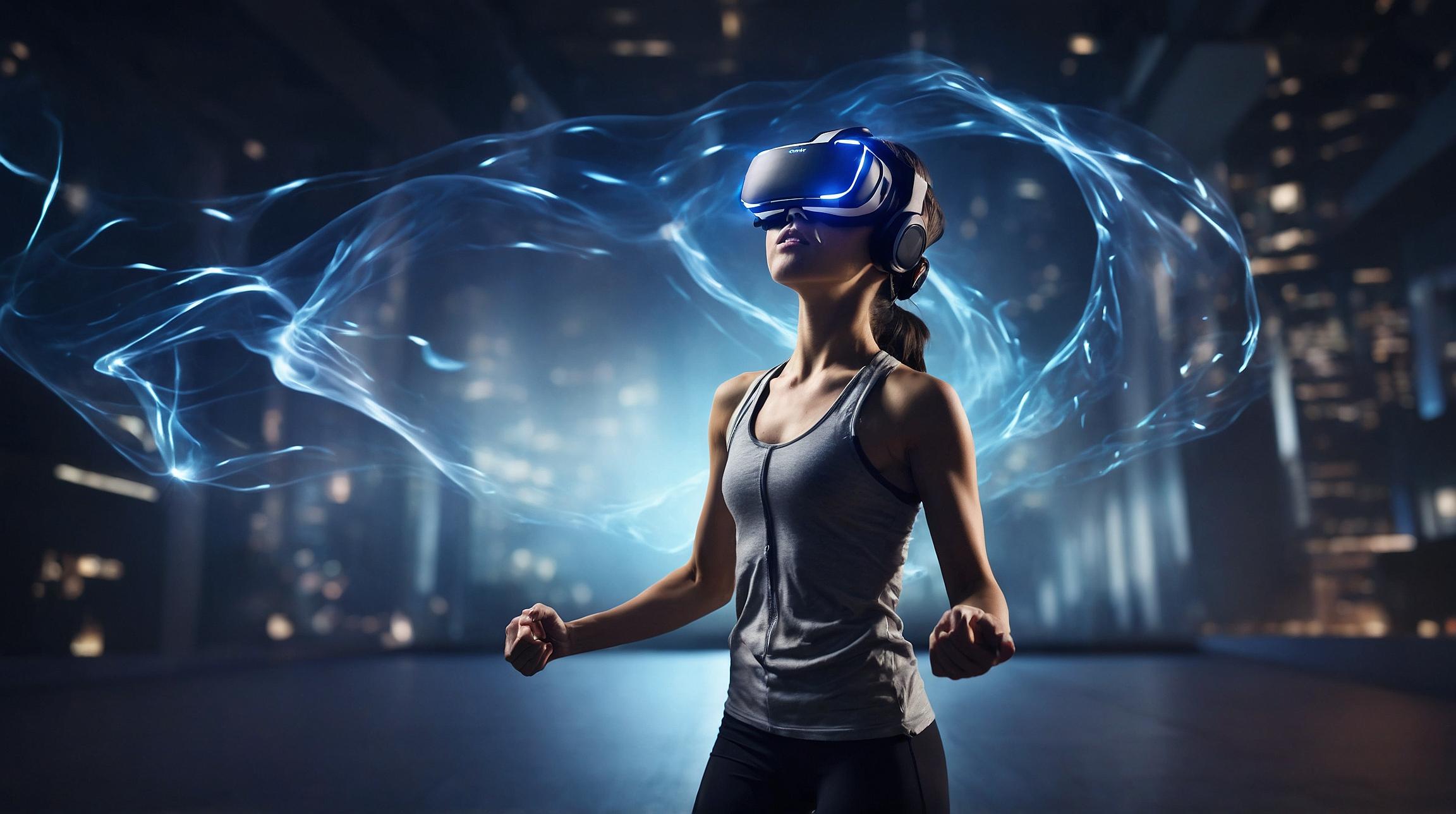Understanding VR Exergaming
Virtual Reality (VR) is a computer-simulated environment that can be interacted with in a seemingly real way using special electronic equipment, such as a helmet with a screen inside or gloves fitted with sensors. This technology is increasingly finding applications not only in gaming but also in fields like virtual meetings, medical training, and fitness.
How VR Enhances Workouts
In the fitness industry, VR is creating waves through exergaming, which combines exercise with gaming elements to make physical activity more engaging. Imagine cycling through a beautiful virtual landscape instead of staring at a stationary wall. This kind of immersive experience can make exercising more enjoyable and less of a chore.
Dr. Dominic Potts explains that using sensors, these games adjust to the user's mood and ability, optimizing enjoyment and performance. This personalized approach means that, whether you're feeling upbeat or a bit down, the game adapts to suit your current state, keeping you motivated.
The Growing Market for VR Fitness
The global market for VR fitness games was valued at approximately $11.1 billion in 2022 and is projected to grow significantly over the coming years. As people become more health-conscious, VR offers the convenience of working out at home. This trend is particularly attractive for those who might otherwise find it difficult to motivate themselves to get to the gym.
Personalized Exergaming Solutions
For exergaming to be effective, it must be tailored to individual users. This involves using affect recognition technology, which measures responses like heart rate and emotional states through sensors. For example, if a game detects that a user is stressed, it might adjust to become less challenging, helping the user to relax and enjoy the experience.
Researchers at the University of Bath have developed games that adapt in real-time by monitoring physiological signals such as facial expressions and heart rates. They have designed virtual environments to evoke specific emotions, ensuring the exercise remains engaging for each user.
Making VR Emotionally Intelligent
The development of emotionally intelligent VR games involves addressing challenges such as sensor accuracy and the variability of emotional responses among different users. By using multiple sensors and refining data analysis, developers can create games that more accurately adapt to users' changing emotional states during exercise.
Future Implications
As with any technology, there are limitations to current VR exergaming, such as its generalizability and the length of time users are engaged. Nevertheless, the potential for improving both physical and mental health through these solutions is substantial. VR exergaming is already being utilized in schools and rehabilitation programs, with its popularity expected to rise as the technology becomes more refined and accessible.
The integration of virtual reality into exergaming is not just about making workouts fun. It's about creating a fitness experience that is both effective and adaptable, promising significant benefits for users' health and well-being.













